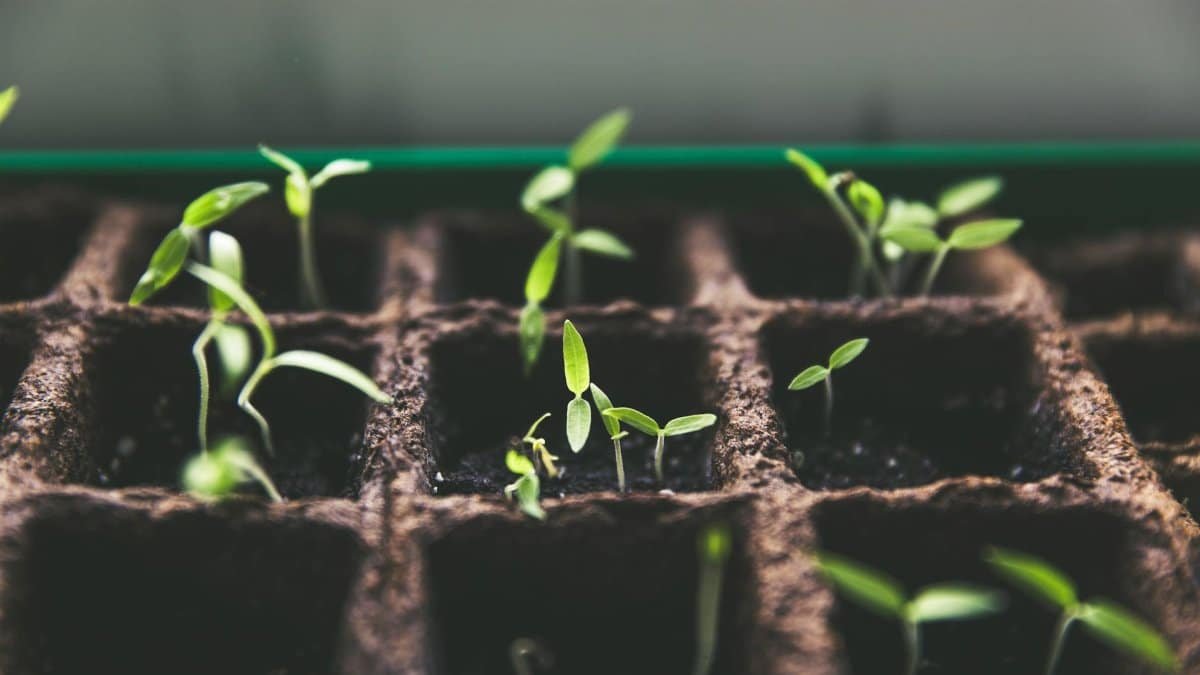Imagine personal growth as a garden left untended for years, overgrown with weeds that choke out the blooms. Suddenly, you decide to clear a path, not with harsh tools, but with gentle hands that acknowledge each root’s story. This is where growth mindfulness takes root. It invites us to pause amid the rush of self-improvement, to feel the discomfort without judgment. In a world obsessed with quick fixes and productivity hacks, this approach stands out. It suggests that true expansion comes from embracing the mess, not erasing it. For many Americans juggling careers and family in 2025, this shift could redefine success. No longer is growth about forcing change; it’s about listening to the quiet signals our bodies and minds send. As one might discover, allowing space for these feelings often unlocks unexpected clarity.
The Roots of Growth Mindfulness

At its core, growth mindfulness builds on traditional mindfulness practices, but with a twist focused on personal evolution. It emerged from the intersection of psychology and wellness movements in the early 2000s. Think of it as a bridge between being present and actively nurturing change. Researchers at institutions like Harvard have explored how this mindset fosters resilience. For instance, a study from the university’s positive psychology lab showed that individuals practicing mindful growth reported 25% higher levels of life satisfaction after six months. They didn’t just observe their thoughts; they engaged with them as catalysts for transformation.
Picture a busy parent in Chicago, caught in the daily grind. She starts her day not with a to-do list, but by sitting quietly, noting the anxiety bubbling up about her career stalled by family demands. Instead of pushing it away, she lets it sit, asking what it teaches her. This simple act, repeated, begins to reshape her path. It’s not magic; it’s intentional awareness. As trends in 2025 highlight, more people are turning to such methods amid rising burnout rates. The American Psychological Association notes a surge in interest, linking it to post-pandemic recovery efforts.
Yet, this isn’t without its complexities. Some critics argue it risks over-romanticizing struggle, turning pain into a fetish rather than a signal for action. But proponents counter that acknowledging emotions deepens understanding, leading to more authentic progress.
Why Feeling Matters in the Growth Equation

Emotions often get sidelined in the pursuit of goals. We chase milestones, ignoring the undercurrents that drive us. Growth mindfulness flips this script, insisting that feelings are essential guides. A report from the National Institutes of Health underscores this, revealing that suppressed emotions can hinder cognitive development. Participants in emotion-focused therapies showed improved problem-solving skills, suggesting that tuning into feelings enhances adaptability.
Consider the story of a mid-career professional in Seattle. He had climbed the corporate ladder, but a nagging emptiness persisted. Through growth mindfulness exercises, he confronted the grief of lost family time. “It was like unlocking a door I didn’t know was there,” he later reflected in an anonymous online account. This revelation didn’t derail his ambitions; it refined them, leading to a balanced role that aligned with his values.
The science backs this up. Neuroimaging studies from NCBI on Mindfulness and Emotion Regulation demonstrate how mindful practices rewire brain pathways, making emotional processing more efficient. In everyday terms, it means less reactivity and more intentional responses. For middle-aged readers navigating life transitions, this could mean the difference between stagnation and renewal.
Navigating the Discomfort of Change

Change rarely comes easy. Growth mindfulness encourages leaning into that discomfort, viewing it as fertile ground. It’s about sitting with uncertainty rather than fleeing it. A Pew Research Center survey from 2024 found that 62% of adults feel overwhelmed by life’s pace, yet only a fraction practice any form of mindfulness. This gap highlights an opportunity: by embracing unease, we build tolerance for the unknown.
In one illustrative scenario, a group of friends in Austin gathers for a casual workshop. Laughter mixes with awkward silences as they share vulnerabilities. One woman admits her fear of failure has paralyzed her art pursuits. The group doesn’t offer fixes; they witness. Over time, she experiments with small creations, her growth unfolding organically. Such moments illustrate how communal support amplifies personal mindfulness.
Experts warn, however, against forcing the process. Rushing to “feel” can backfire, creating more resistance. Instead, gentle inquiry works best. Insights from APA Journal of Abnormal Psychology on emotional acceptance show reduced anxiety when individuals allow feelings without immediate resolution.
Practical Steps to Integrate Growth Mindfulness

Starting small makes all the difference. Begin with five minutes a day, perhaps during a morning coffee ritual. Notice thoughts about your aspirations without judgment. Journaling helps too; jot down emotions tied to your goals. A study by the University of California, Berkeley, linked daily reflection to enhanced self-awareness, with participants reporting clearer paths forward.
One man in New York described his routine shift in a public forum post: mornings once filled with emails now include breathing exercises focused on growth intentions. It transformed his approach to setbacks, turning them into learning moments. This isn’t about perfection; it’s consistency that counts.
Apps and online resources abound, but authenticity matters. Tailor practices to fit your life. For those in demanding jobs, even a mindful walk during lunch can spark insights. Research from Greater Good Science Center at UC Berkeley supports this, showing brief interventions reduce stress and boost creativity.
Challenges arise, like distraction in a digital age. Yet, persistence pays off, fostering a deeper connection to one’s evolving self.
The Broader Impact on Relationships

Growth mindfulness extends beyond the individual, influencing how we connect with others. When we allow ourselves to feel, empathy flourishes. Couples therapists often recommend it for resolving conflicts. A CDC report on mental health trends notes that mindful practices improve relational satisfaction, with data from nationwide surveys.
Envision a family dinner in Atlanta where tensions simmer. Instead of reacting, a father pauses, acknowledges his frustration, and responds thoughtfully. This models growth for his children, creating a ripple effect. Such dynamics are increasingly common as awareness spreads.
Studies from CDC Mental Health Resources highlight how emotional awareness correlates with stronger social bonds. In 2025, with remote work blurring boundaries, this skill proves invaluable for maintaining harmony.
Of course, it’s not always smooth. Vulnerability can expose raw spots, requiring trust. But the rewards—deeper intimacy and understanding—often outweigh the risks.
Overcoming Common Barriers

Skepticism is a frequent hurdle. Many dismiss growth mindfulness as fluff, preferring tangible results. Yet, evidence suggests otherwise. Longitudinal data from the NIH indicates sustained practice leads to measurable improvements in well-being.
Time constraints pose another issue. Busy schedules leave little room for reflection. Start micro, though: a deep breath before meetings. One anonymous online sharer noted how this habit curbed impulsive decisions at work, paving the way for promotions.
Cultural norms can clash too, especially in achievement-driven societies. Pushing through pain is valorized, but growth mindfulness advocates for pause. Balancing both requires nuance, acknowledging that rest fuels progress.
Addressing these barriers head-on transforms them into stepping stones, making the practice accessible to all.
Reflections on Long-Term Transformation

Over years, growth mindfulness cultivates a profound shift. It’s less about dramatic overhauls and more about subtle evolutions. Individuals report heightened intuition, guiding decisions with ease. A compilation of studies from Pew Research affirms this, with rising adoption rates among middle-aged demographics seeking fulfillment.
Take the retiree in Florida rediscovering hobbies long abandoned. Through mindful exploration, she uncovers passions suppressed by life’s demands. Her story echoes many, illustrating sustained growth’s quiet power.
As 2025 unfolds, this mindset could redefine aging gracefully, emphasizing inner richness over external markers. It’s a reminder that growth, when felt fully, becomes a lifelong companion.
Embracing the Unseen Potential

Finally, growth mindfulness uncovers layers we might never have explored. It reveals strengths hidden in shadows, turning perceived weaknesses into assets. Therapists draw from cognitive behavioral frameworks to integrate this, with promising outcomes in resilience building.
In diverse communities across the U.S., from urban hubs to rural towns, people are experimenting. A workshop leader in Denver observes participants lighting up as they connect dots between emotions and aspirations. This collective awakening points to broader societal benefits.
While not a cure-all, it offers tools for navigating complexity. As research evolves, so too does our understanding, promising even richer applications ahead.
